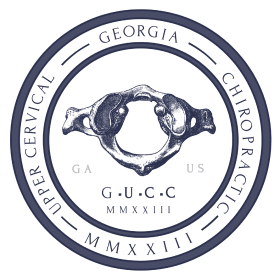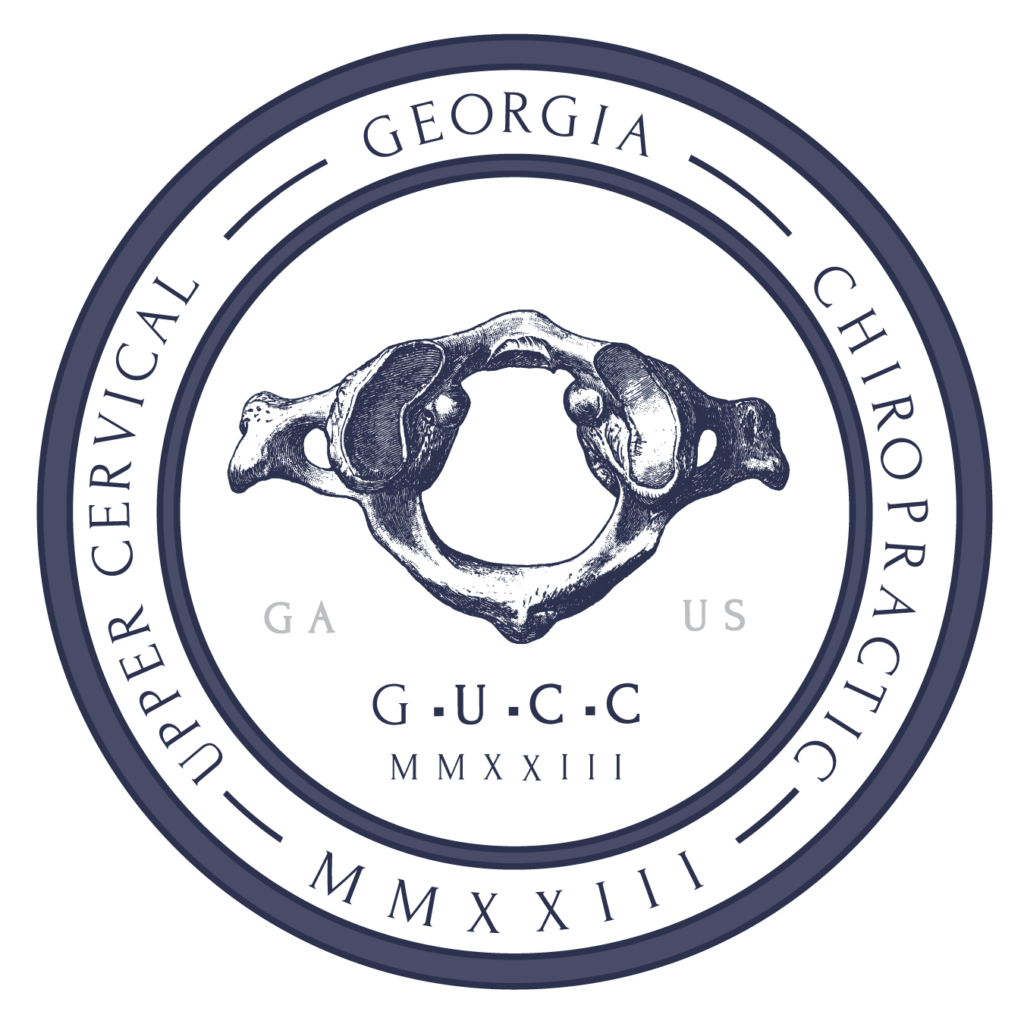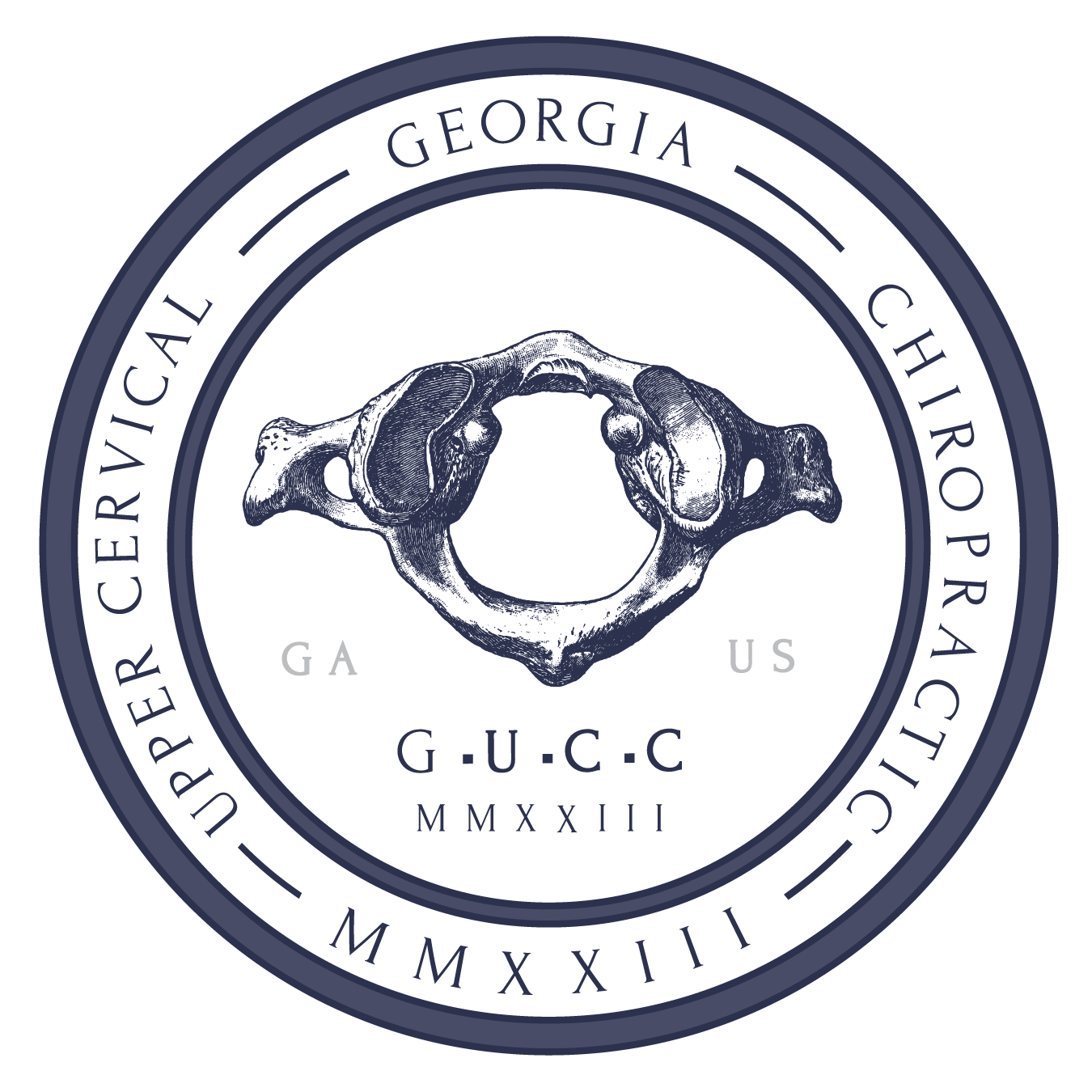Pectoralis Minor Syndrome vs Thoracic Outlet Syndrome
While many of their symptoms overlap, Pectoralis Minor Syndrome and Thoracic Outlet Syndrome are each their own distinct syndromes. Their connection lies in that 75% of patients with Neurogenic Thoracic Outlet Syndrome (the most common type of TOS) also have Pectoralis Minor Syndrome.
Though these syndromes and their symptoms can disrupt daily life for some, there are several treatment options available.
What is pectoralis minor syndrome?
Pectoralis Minor Syndrome (PMS) is when neurovascular compression (typically, brachial plexus compression) occurs at the pectoralis minor muscle. We’re all familiar with the pectoralis major muscles, commonly called pecs. They cover most of the surface area of the chest.
The lesser known pectoralis minor muscle fibers stretch from the coracoid process of the scapula (the top of the shoulder blade) to the 3rd, 4th, and 5th ribs. The brachial plexus nerves are just beneath the pectoralis minor muscles. They run from the scalene muscles of the neck through the costoclavicular space to the arms.
The brachial plexus nerves consist of a few cords; however, the one located closest to the pectoral minor muscles and most involved in Pectoralis Minor Syndrome is the medial cord. The medial cord is responsible for the ulnar nerve. When impinged, it can lead to tingling and numbness in the pinky and ring fingers.
Pectoralis minor syndrome symptoms include:
- Pain in axilla (area where the arm connects to the shoulder)
- Pain in the anterior chest wall (right below the clavicle)
- Paresthesia (unusual sensation of tingling, prickling, or numbness) in hands
- Shoulder pain
- Upper limb and forearm pain
- Weakness
What is thoracic outlet syndrome?
TOS refers to a few disorders in which the nerves or blood vessels in the lower neck and upper chest region become compressed. This area between the clavicle (collarbone) and first rib is referred to as the thoracic outlet. There are 3 types of TOS:
- Neurogenic TOS: The network of nerves called the brachial plexus become impinged. NTOS is the most common form of TOS, affecting 95% of cases.
- Venous TOS: The subclavian veins become compressed. This type of TOS affects about 4% of cases.
- Arterial TOS: The subclavian artery becomes compressed. Often this is caused by an abnormality such as an extra rib, referred to as the cervical rib. This is the rarest and most challenging form of TOS, affecting 1% of patients.
Sometimes, the latter two types of TOS are called vascular TOS.
TOS symptoms include:
- Atrophy (in severe cases)
- Tingling in arms and fingers
- Neck pain, shoulder pain, and back pain
- Fatigue or weakness
- Swelling
- Discoloration
- Poor circulation to extremeties
Are pectoralis minor syndrome and thoracic outlet syndrome connected?
PMS is considered a variation of TOS. PMS is most similar to NTOS because both cause compression to the brachial plexus nerves. NTOS is when compression occurs above the clavicle and PMS is typically when compression occurs below the clavicle.
Both conditions can be caused by the following:
- Poor posture
- Congenital defect
- Repetitive stress injury (exercise habits, work habits, etc. )
- Trauma (injury from a car accident or a serious fall)
- Weight lifting
Assessment & Diagnosis
Because TOS and PMS have overlapping symptoms, they can sometimes be difficult to distinguish and diagnose. Occasionally, these syndromes can be misdiagnosed as carpal tunnel syndrome.
How is Pectoralis Minor Syndrome diagnosed? Pectoralis Minor Syndrome can be diagnosed a few ways. Typically, physicians begin with a physical examination. Additional diagnostic tools include muscle blocks and electrodiagnostic studies.
During a physical examination, a physician will look at the specific locations in which tenderness and numbness are felt. This is usually accomplished via certain movements or stretches.
- Elevated arm stress test: arms are raised in 3 positions. First, arms are lifted and outstretched to the sides, as if you’re trying to fly. Second, the arms are in the same position; however, hands are raised as if to communicate “stop.” The final step is the same position as the second step, but the head is tilted to one shoulder. If pain and paresthesia present, this indicates brachial plexus compression.
- Upper limb tension test: a 90 degree angle is created by the forearms and upper arms lifted to the sides. If pain and paresthesia occur within 60 seconds, brachial plexus compression is likely.
Muscle blocks are another way to help diagnose PMS. A muscle block is when local anesthesia is injected into the muscle so that it will relax. As the muscle relaxes, this causes decompression of the brachial plexus nerves.
Muscle blocks are performed on the pectoralis minor and anterior scalene muscles. Typically, the physical examination is performed again. This time, the physician looks for alleviation of symptoms due to the muscle blocks.
Electromyography (EMG) is another diagnostic tool for PMS. EMGs measure the response of muscles to electrical impulses. Needles, called electrodes, are inserted into the muscle and they pick up electrical activity which is displayed on an oscilloscope (screen showing activity in wave form). EMGs are good for detecting neuromuscular abnormalities.
Nerve root stimulation can also help diagnose PMS; however, it’s a more painful process. A physician directly stimulates the C8 nerve root of the cervical spine to measure conduction time between the nerve and a point on the arm or neck.
PMS and TOS, though similar, have one primary differentiator: headaches. Those suffering from TOS tend to report more headaches and even more neck pain than those with PMS. Those who suffer from both tend to have more trapezius and axillary pain.
Treatment Options
Treatment for these conditions include the following:
- Stretches- performing stretches of the pectoralis muscle is a good first step to take in regards to treatment. The doorway stretch is good for opening up the chest muscles. Start by standing in the door frame with hands resting on the door jam at shoulder height. Slowly move the body forward and the stretch will be felt across the chest.
- Physical therapy- a physical therapist crafts a program of exercises, stretches, and movements which a patient will practice regularly to help with symptoms.
- Chiropractic treatment- chiropractors can make adjustments to the ribs, collar bones, and scapulae (attachment sites for the pectoralis muscles) that can help alleviate symptoms. They can also make corrections to the alignment of the cervical spine to ensure the nerves that control pec minor muscles aren’t irritated or causing hypertonicity/spasm in that muscle group.
- Surgical treatment- surgery typically equates to pectoralis minor tenotomy, meaning the pectoralis minor tendon is severed. The surgeon can opt for a transaxillary or thoracic approach (surg. site). Transaxillary (the armpit) tends to be more direct. The success rate for this surgery is 85% if the patient suffers from Pectoralis Minor Syndrome alone. This rate drops to 35% if the patient also suffers from TOS.
How long does it take to recover from pec minor syndrome? How long it takes to recover from Pectoralis Minor Syndrome depends on the severity of the case and the types of treatment involved.
For example, a mild case could be resolved with stretches and chiropractic treatment within a few weeks or months. A more serious case may call for additional and more invasive treatment options which could take longer to heal.
Avoid surgery and relieve symptoms with chiropractic care
It’s important to understand the relationship between the joints, nerves, and the muscles they control. Oftentimes, a muscular imbalance is caused by a change in the position of the joints or the tone of the signal supplied by the nerves.
If stretching and exercise don’t seem to provide lasting results, the imbalance could be due to a misaligned vertebrae creating a problem at the nerve root.
At Georgia Upper Cervical Chiropractic, we correct spinal alignment to help alleviate symptoms in the most natural and least invasive ways possible.
Ready to get to the root of your problem with chiropractic care? We’re currently accepting new patients at our Ball Ground and Atlanta/Decatur offices.
Sources
Sanders, R. J., & Annest, S. J. (2017). Pectoralis minor syndrome: subclavicular brachial plexus compression. Diagnostics, 7(3), 46. https://www.ncbi.nlm.nih.gov/pmc/articles/PMC5617946/


